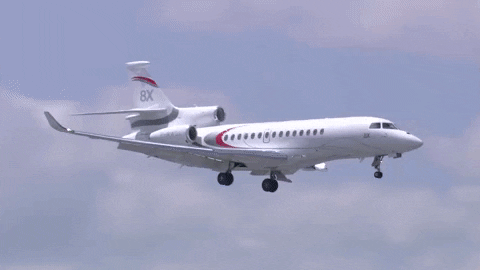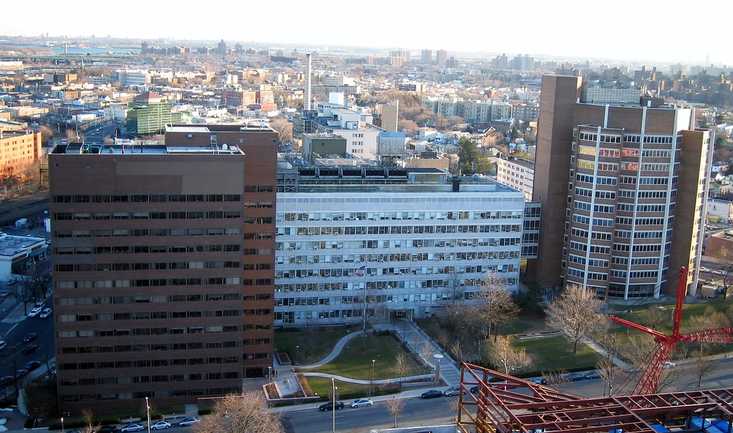The Not-So-Hidden Hurdles In Our Push For Eco-Friendly Flight
Air travel is a big source of pollution ... and that's going to be hard to fix. Giphy
Giphy
News that is entertaining to read
Subscribe for free to get more stories like this directly to your inboxNot too long ago, Early Chirp brought you a feel-good story about how NASA is helping to establish new commercial airliners that are much better for the environment.
While this is clearly a huge leap in the right direction, it’s important to understand that the air travel industry isn’t going green anytime soon.
Easier said than done
There’s been an obvious push to reduce emissions for decades, and we’ve seen a lot of progress in the automotive industry. Electric-powered cars have soared in popularity over the past several years and new forms of cleaner energy are currently in development.
When it comes to creating an brand-new type of jet propulsion, on the other hand, there are some huge hurdles to clear:
- Electric batteries are heavy and not well-suited for aircraft.
- Sustainable fuels are expensive and can’t fully replace jet fuel.
- There’s a growing post-pandemic demand for low-cost air travel.
Taking all of this into account, it’s easy to see that developing a green alternative to the status quo will be expensive and time-consuming. Nevertheless, some of the brightest minds in the industry are working toward such a solution.
Making a Paris debut
Environmentalism was a central focus of the recent Paris Air Show, and many aviation companies were showcasing their strides toward getting rid of the massive pollution caused by traditional air travel.
Although there were some innovative concepts on display, most of the models that were showcased at the convention relied on conventional jet fuel. Of course, they were by and large more efficient, and some concepts might provide the spark for an all-new type of propulsion in the future.
As with the trials and errors that led to marketable EVs, this phase will (hopefully) provide us all with an affordable and sustainable way to fly.
 Why Is The Aging Voyager 1 Probe Sending Back Incoherent Communications?
It's been speaking gibberish for a few months and officials are concerned.
Why Is The Aging Voyager 1 Probe Sending Back Incoherent Communications?
It's been speaking gibberish for a few months and officials are concerned. One Woman’s Massive Donation Is Wiping Out Tuition At This Medical School
Her inheritance came with the instruction to do "whatever you think is right."
One Woman’s Massive Donation Is Wiping Out Tuition At This Medical School
Her inheritance came with the instruction to do "whatever you think is right." Woman’s Pets Will Inherit Her Multimillion-Dollar Fortune, Not Her Kids
It's not the first time four-legged heirs were named in a will.
Woman’s Pets Will Inherit Her Multimillion-Dollar Fortune, Not Her Kids
It's not the first time four-legged heirs were named in a will.